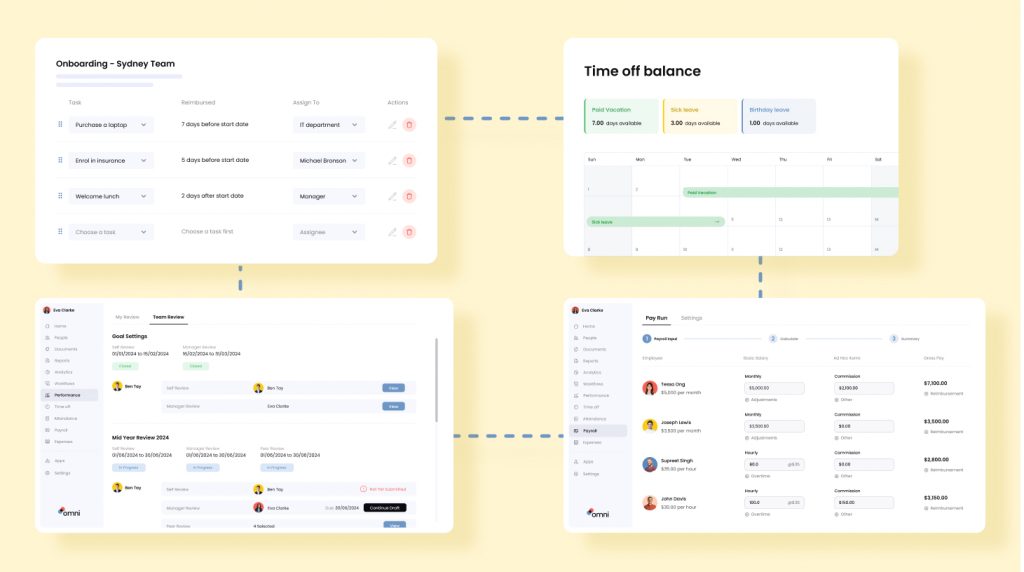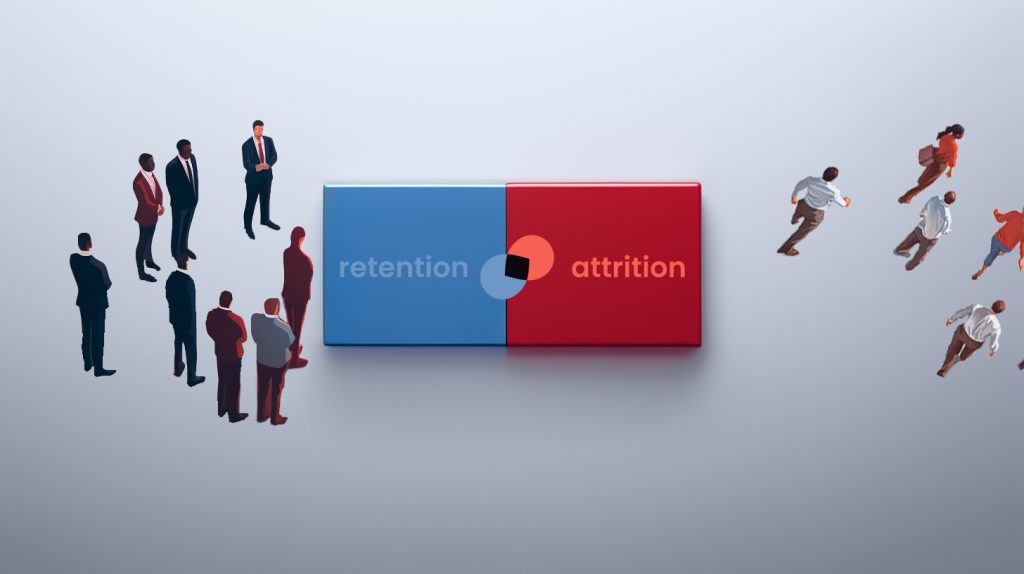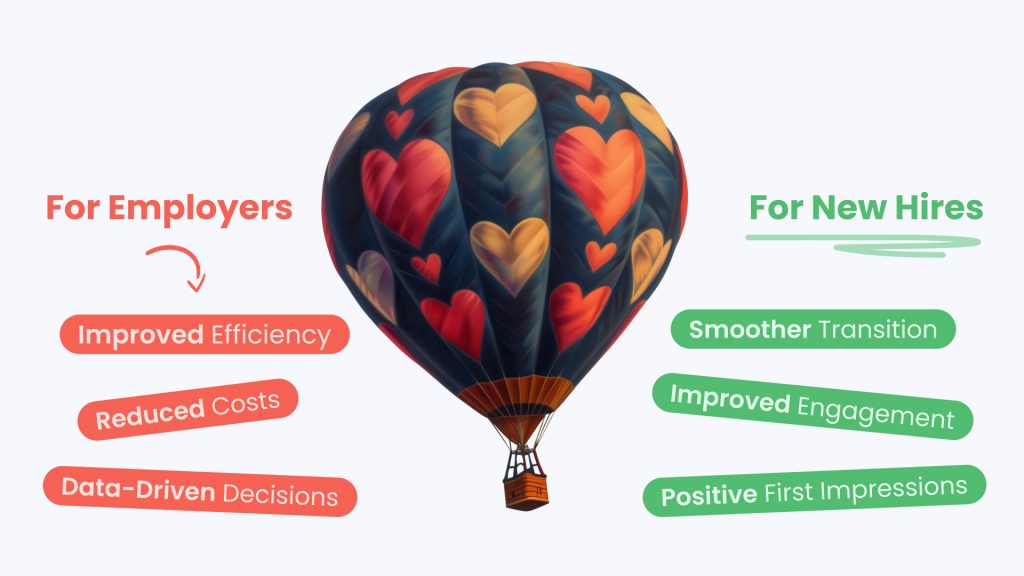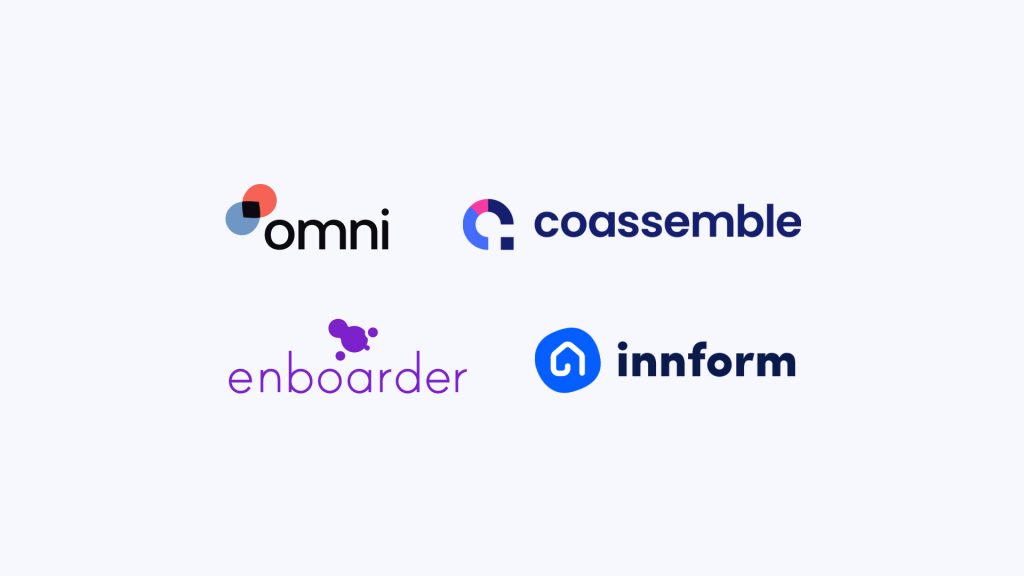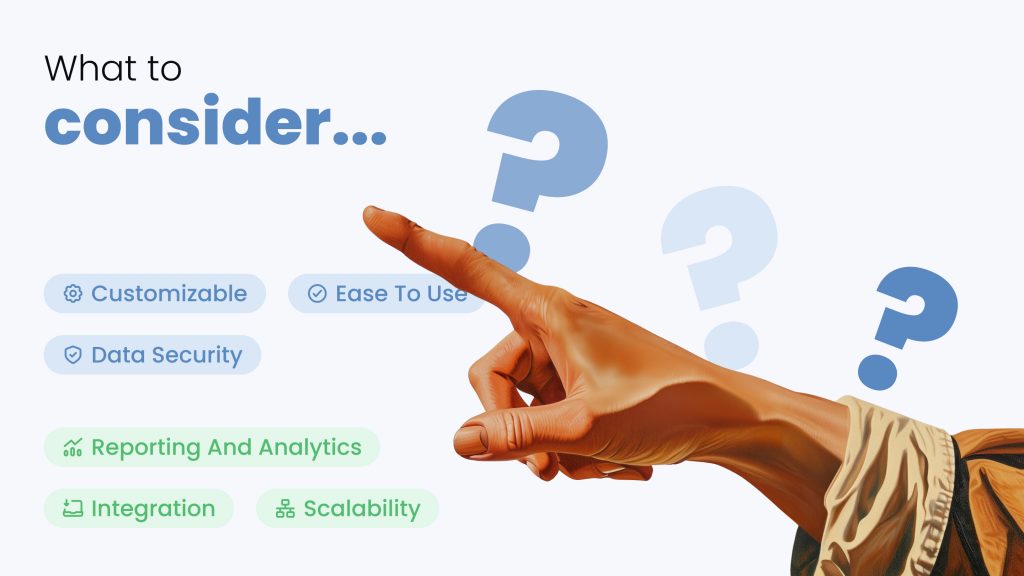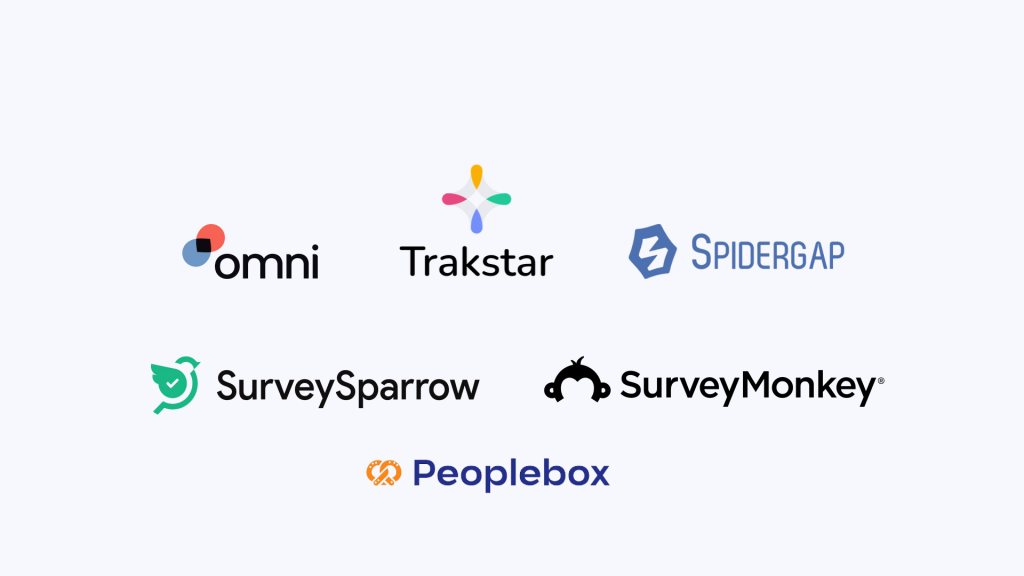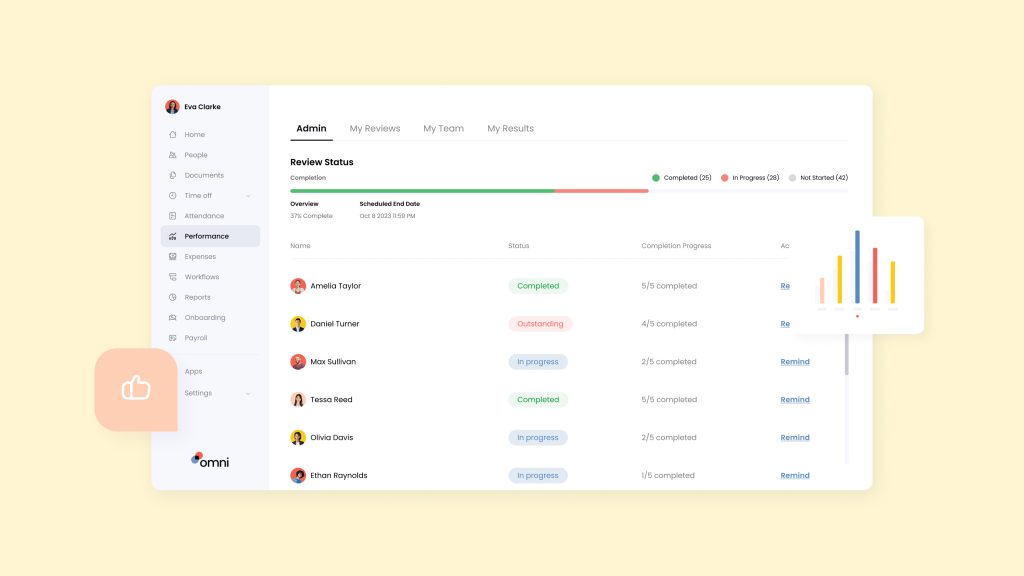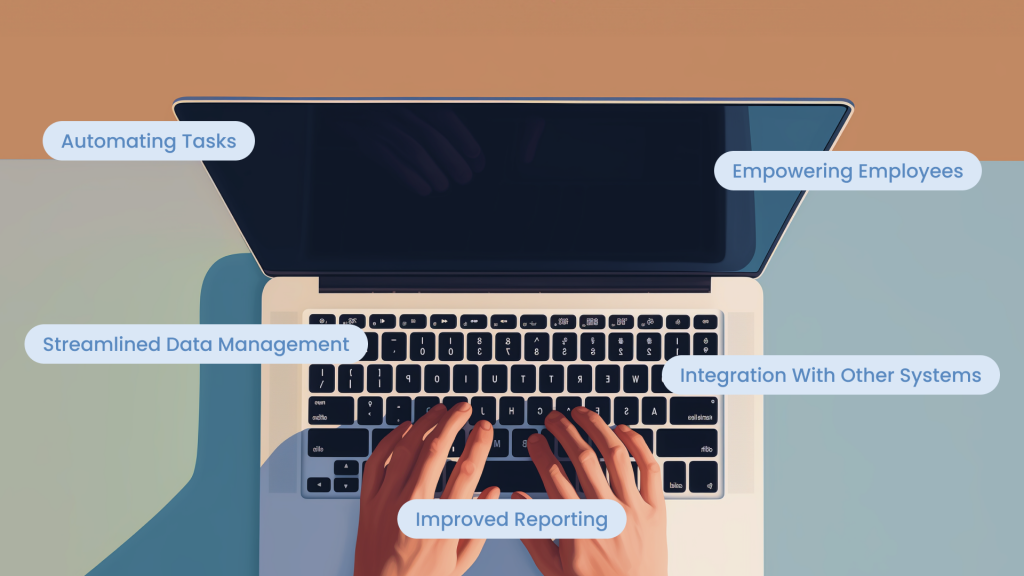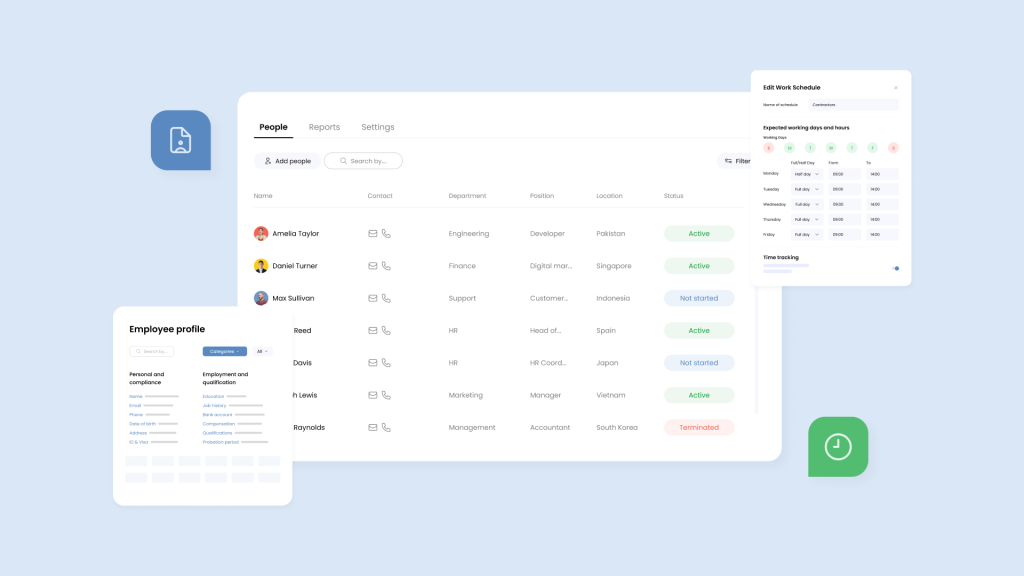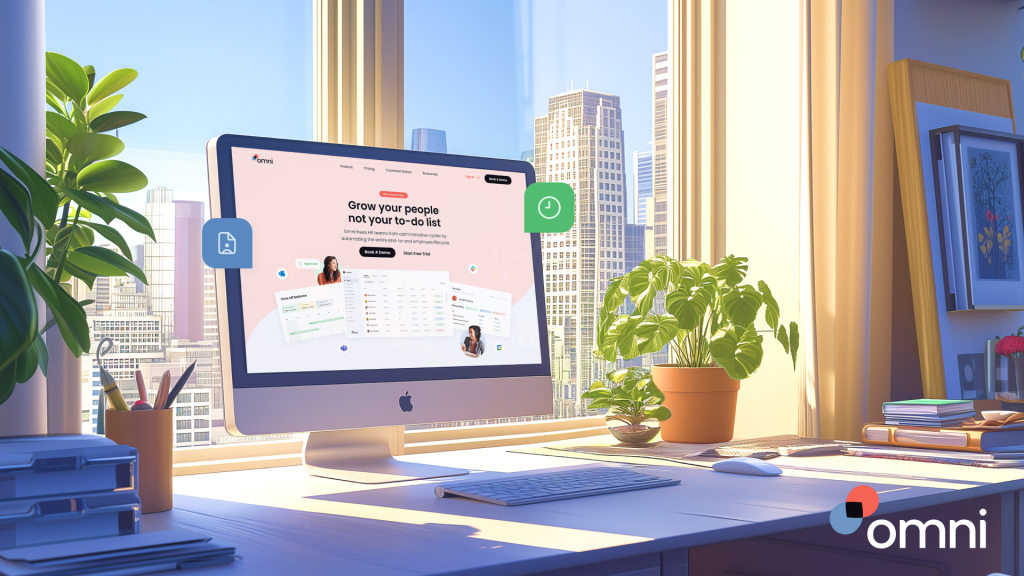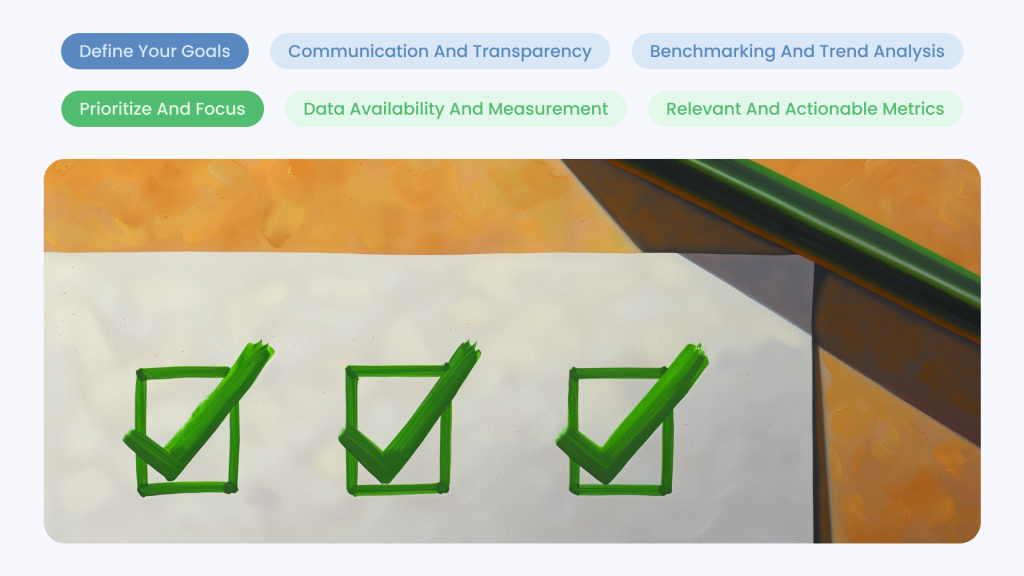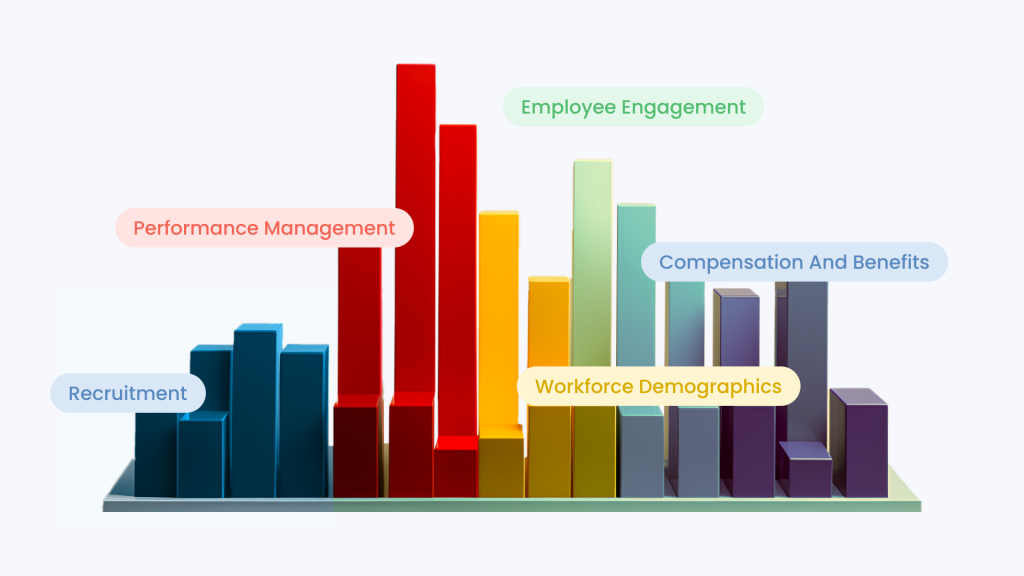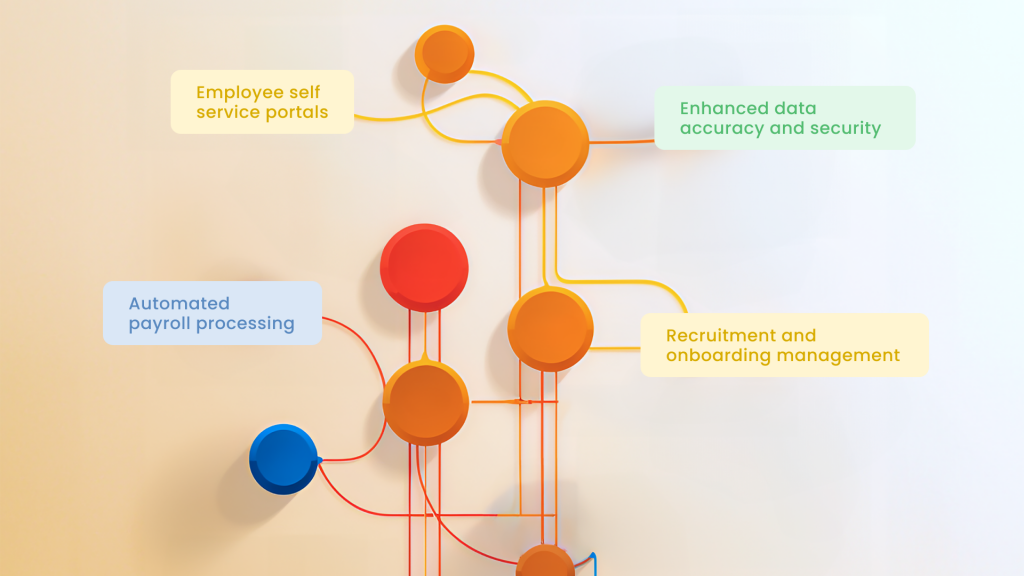Savvy HR professionals know all too well the value of technology in their roles. With lots of data, moving parts, and a need for accuracy (all while maintaining top-tier confidentiality) manual workflows just aren’t cutting it in HR these days. Luckily, there’s plenty of options for workflow automation software you can turn to. But which one to choose?
Different workflow automation platforms offer different advantages, with specific features as unique as your organization. Here, we’re going to take a look at what makes a great workflow automation software, the details you should look for, and what will make the best workflow automation software system for your business.
What are HR workflows?
In a nutshell, HR workflows are the step-by-step processes that guide how HR tasks get done. They map out the sequence of actions, approvals, notifications, and data transfers involved in completing each HR activity.
As you probably already realize, optimizing HR workflows can be a game-changer for your team. It’s about more than just efficiency (although that’s a major bonus too). Here’s how streamlined workflows can transform your HR game:
- Efficiency boost: Workflow automation tools take care of repetitive tasks, freeing up your team to focus on strategic initiatives and building relationships with employees.
- Error reduction: Automating data entry and approval processes minimizes the risk of costly human errors.
- Improved compliance: Workflow automation software can help you keep compliant with company policies and labor laws.
- Enhanced employee experience: Streamlined processes mean faster response times, less hassle for employees, and a more positive employee experience.
- Data-driven insights: By tracking and analyzing workflow data, you can identify bottlenecks, optimize processes, and make informed decisions.
What is an HR workflow automation software?
Now that we know what workflows are generally, let’s take a look at how the tech interacts with them. HR workflow automation software is a type of technology that automates and streamlines your HR processes. It’s like a digital assistant, handling tasks such as:
- Onboarding new hires: Automatically sending welcome emails, collecting documents, and setting up payroll.
- Managing employee data: Keeping track of employee information, leave requests, and performance reviews.
- Approving requests: Automating approval workflows for time off, expense reimbursements, and other requests.
- Sending notifications and reminders: Ensuring everyone stays informed about important dates, deadlines, and tasks.
HR workflow automation software is a powerful tool that can transform your HR operations. By automating repetitive tasks, streamlining processes, and improving data accuracy, it will help you create a more efficient, productive, and employee-centric workplace.
Benefits of Using an HR Workflow Automation Software
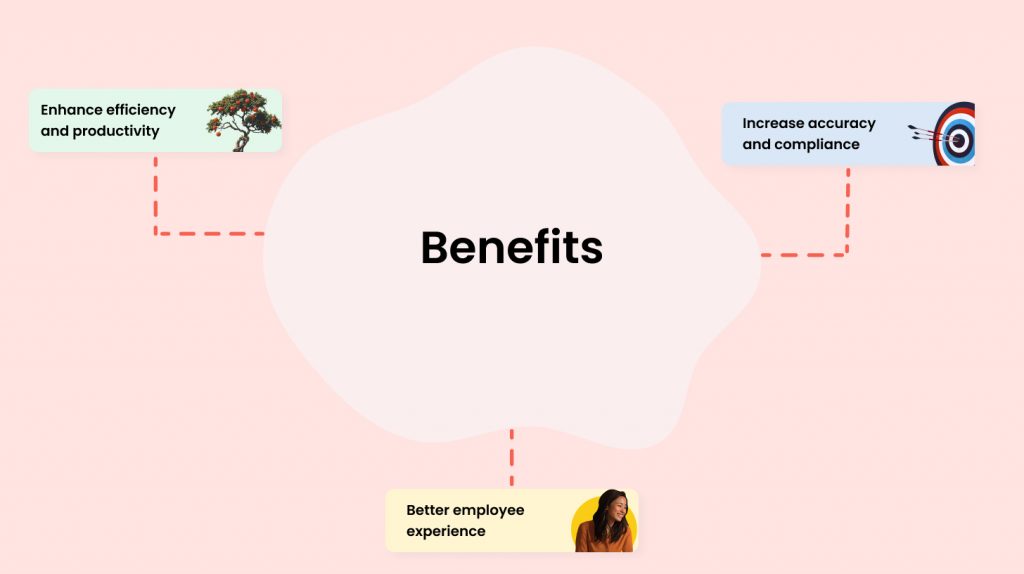
As you’ve probably already gathered from the rundown above, workflow automation software is more than just techy-sounding buzzwords. It’s a game-changer that can significantly improve your HR operations and overall employee experience. Here’s how:
Enhance efficiency and productivity
Reduce manual tasks: Automation takes over those repetitive, time-consuming tasks like data entry, approvals, and notifications. This frees up your HR team to focus on strategic initiatives, employee engagement, and other value-adding activities.
Speed up processes: Automated workflows zip through tasks much faster than manual ones. This means faster onboarding processes, quicker approvals, and less waiting around for employees.
Optimize resource allocation: By automating routine tasks, you can better allocate your resources to where they’re needed most, increasing efficiency and productivity.
Increase accuracy and compliance
Minimize errors: Humans make mistakes, it’s inevitable. But with automation, you can significantly reduce the risk of errors in data entry, calculations, and other processes. This translates to fewer headaches and less time spent fixing mistakes.
Standardize processes: Automated workflows ensure consistency and standardization in your HR processes. This helps maintain compliance with company policies, labor laws, and industry regulations.
Leave an audit trail: Automation creates a clear audit trail of all actions taken within the workflow, making it easier to track progress, identify issues, and ensure accountability.
Better employee experience
Empower self-service: Workflow automation tools give employees more control over their own information and requests. They can easily access and update their employee data, request time off, and track the status of their requests, all without having to wait on HR.
Speed up response times: Automated workflows mean faster response times to requests, which improves employee satisfaction and overall experience.
Personalize communication: Automation can be used to send personalized messages and reminders to employees, making them feel valued and informed.
Reduce frustration: By eliminating bottlenecks and delays, automation reduces the frustration that often comes with manual processes.
Things to Consider When Choosing Workflow Automation Tools

With so many HR workflow automation software options out there, it can be tough to know where to start. Here are five key factors to keep in mind as you evaluate different tools:
1. Workflow needs and complexity
Before you even look at software, take a good look at your existing HR processes. Identify the workflows you want to automate and how complex they are. Are they simple, linear processes, or do they involve multiple steps and approvals? Some tools are better suited for simple workflows, while others can handle more complex processes. Make sure the software you choose can accommodate the level of complexity you need.
2. User needs and relevant technical skills
Consider who will be using the workflow automation platform. Will it be primarily HR staff, or will other employees need to interact with the system? The software should be intuitive and user-friendly, even for those who aren’t tech-savvy. A steep learning curve can lead to frustration and low adoption rates. Check if the vendor offers training and support resources to help your team get up to speed quickly.
3. Integration capabilities
Your HR automation tool should be able to integrate with your other HR systems, like your payroll software or applicant tracking system. This will ensure smooth data flow and eliminate the need for manual data entry. Look for a tool that offers robust APIs and pre-built integrations with popular HR software solutions.
4. Scalability and budget
Think about your company’s future growth plans. Will the software be able to scale with you as your workforce expands? Consider the pricing model of the software. Some tools charge per user, while others have a flat monthly fee. Make sure the pricing aligns with your budget and projected growth.
5. Security and compliance
HR data is sensitive, so choose a tool that prioritizes data security. Look for features like encryption, access controls, and regular backups. Ensure the software complies with relevant data protection regulations like GDPR or CCPA.
5 Best Workflow Automation Software Systems
By now, you’re hopefully convinced of the value these automation systems can bring. But what is the best workflow automation software system for your organization? Here are five top-notch workflow automation platforms to consider that can transform the way you manage your workforce:
Omni
Our cloud-based platform is a powerhouse for automating a wide range of HR processes, from onboarding and payroll to performance management and employee engagement. Its intuitive interface and customizable automated workflows make it a breeze to use, even for those who aren’t tech-savvy. With a range of features and fantastic customer service, Omni is great for a wide range of companies, regardless of size.
Zoho People
This comprehensive HR suite offers a variety of automation features, including onboarding, attendance tracking, leave management, and performance reviews. Zoho People integrates with other Zoho products, making it an appealing option for businesses already using Zoho’s suite of tools.
Bamboo HR
Known for its user-friendly interface and excellent customer support, BambooHR is a popular choice for small to medium-sized businesses. It offers a wide range of features, including applicant tracking, onboarding, performance management, and employee self-service.
Workday
This enterprise-grade platform is designed for large organizations with complex HR needs. It offers a comprehensive suite of tools for talent management, payroll, benefits, and more. Workday’s powerful analytics and reporting capabilities provide insights into your workforce data.
Deel
If you have a global workforce, Deel is a great option because it specializes in international payroll, compliance, and contractor management. Deel’s platform makes it easy to onboard and pay employees and contractors in over 150 countries, all while staying compliant with local laws and regulations.
Future Proof Your Organization with Omni
Powering Asia’s fastest-growing, modern companies, Omni scales alongside your company so you can customize and leverage the system to meet your business exactly where you are—as well as where you’re going.
From onboarding to offboarding, save time with Omni’s workflow automation software system. With our customized template of workflows and task sequences, you can send out tasks to your team and track completion progress with a click of a button.
Omni also integrates with Slack and Microsoft Teams to automatically send task notifications and reminders so you can rest easy when it comes time for performance reviews or getting new joiners to complete onboarding paperwork.
With Omni, you gain access to data-driven insights that empower informed decision-making, as well as seamless integrations that effortlessly connect with your existing employee favored systems, making your entire engagement process more efficient and modern.
Book a demo with our team now to learn how Omni’s automated HR workflows can help take your business processes to the next level.




